PPT-Building Reading Comprehension in Adults
Author : faustina-dinatale | Published Date : 2017-06-22
Overview and the ABCD A practical application of researchbased principles Overview Day 1 Literacy Where were going Day 1 Planning instruction using ABCD Day 2 Reading
Presentation Embed Code
Download Presentation
Download Presentation The PPT/PDF document "Building Reading Comprehension in Adults" is the property of its rightful owner. Permission is granted to download and print the materials on this website for personal, non-commercial use only, and to display it on your personal computer provided you do not modify the materials and that you retain all copyright notices contained in the materials. By downloading content from our website, you accept the terms of this agreement.
Building Reading Comprehension in Adults: Transcript
Download Rules Of Document
"Building Reading Comprehension in Adults"The content belongs to its owner. You may download and print it for personal use, without modification, and keep all copyright notices. By downloading, you agree to these terms.
Related Documents

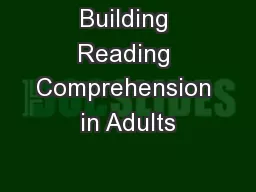
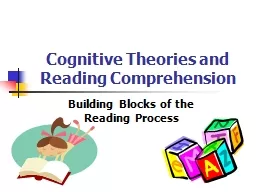
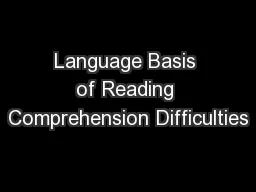

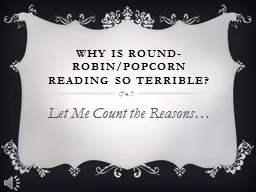
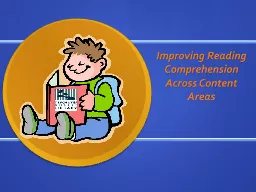
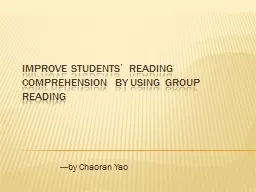
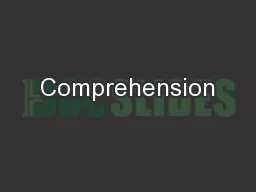
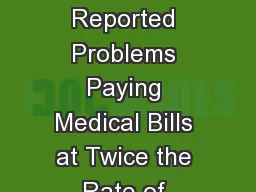
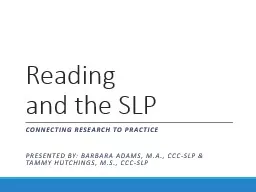
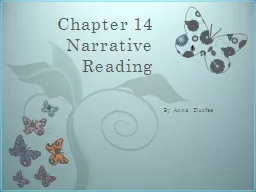
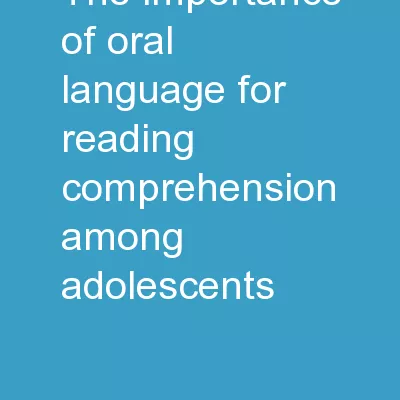
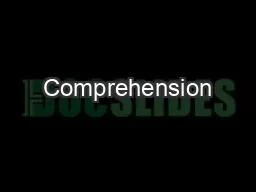
![[DOWNLOAD] - Week-by-Week Homework for Building Reading Comprehension & Fluency: Grade](https://thumbs.docslides.com/901008/download-week-by-week-homework-for-building-reading-comprehension-fluency-grade-1-week-by-week-homework-for-building-reading-co.jpg)